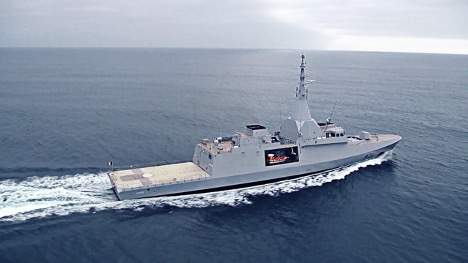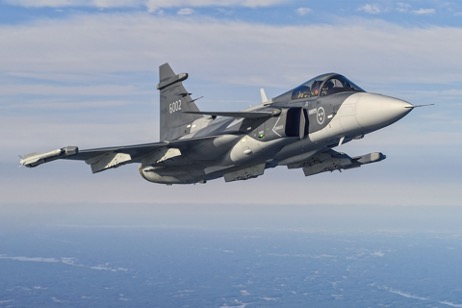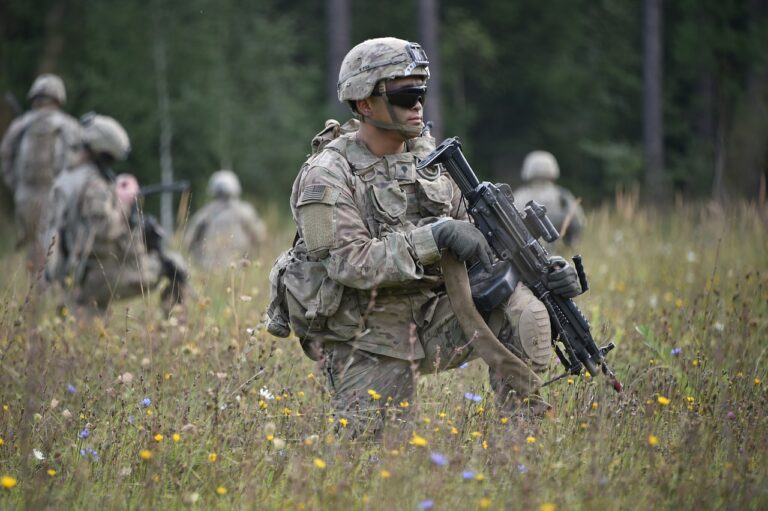21 of 26 Cyclone Helicopters are found to have cracks in their tail area
Author, Reporter: Nicola Sequin- ( Nicola Seguin is a multi-platform reporter with CBC Nova Scotia, based in Kjipuktuk (Halifax)).
The Department of National Defence is attributing cracks recently discovered in the tails of the majority of Canada’s Cyclone helicopters to a design flaw.
In a statement Monday, the department said its technicians and Cyclone manufacturer, U.S.-based Sikorsky Aircraft, made an “initial determination” that equipment on the tail sections of the aircraft was too heavy to be supported in flight. thereby causing the cracking. It directed questions about the cracks to Sikorsky. The first crack was discovered during routine maintenance of a CH-148 Cyclone helicopter on Nov. 26, 2021. The rest of the fleet was inspected, and cracks were found in 21 of 23 Cyclones. The fleet was grounded while plans were made on how to proceed with repairs.
It ( the Department of National Defence) directed questions about the cracks to Sikorsky.
It ( the Department of National Defence) directed questions about the cracks to Sikorsky. The first crack was discovered during routine maintenance of a CH-148 Cyclone helicopter on Nov. 26, 2021. The rest of the fleet was inspected, and cracks were found in 21 of 23 Cyclones. The fleet was grounded while plans were made on how to proceed with repairs. The first crack was discovered during routine maintenance of a CH-148 Cyclone helicopter on Nov. 26, 2021. The rest of the fleet was inspected, and cracks were found in 21 of 23 Cyclones. The fleet was grounded while plans were made on how to proceed with repairs.
Stress on Cyclone tails not anticipated: Sikorsky
Sikorsky spokesperson John Dorrian told CBC News the cracks ”are the result of local stresses caused by the electronic support measures and [satellite/communications] antenna mounts on and in the tail area, which were not previously anticipated.” The Cyclone is a militarized version of the Sikorsky S-92 civilian helicopter. Dorrian said the civilian S-92 does not have the same electronic support measures and antenna mounts as the Cyclone, and has not experienced the same cracking issues.
Stress on Cyclone tails not anticipated: Sikorsky
Sikorsky spokesperson John Dorrian told CBC News the cracks ”are the result of local stresses caused by the electronic support measures and [satellite/communications] antenna mounts on and in the tail area, which were not previously anticipated.”
Stress on Cyclone tails not anticipated: Sikorsky
Sikorsky spokesperson John Dorrian told CBC News the cracks ”are the result of local stresses caused by the electronic support measures and [satellite/communications] antenna mounts which were not previously anticipated.” The Cyclone is a militarized version of the Sikorsky S-92 civilian helicopter. Dorrian said the civilian S-92 does not have the same electronic support measures and antenna mounts as the Cyclone, and has not experienced the same cracking issues. Repairs on the Cyclones have been ongoing at 12 Wing Shearwater near Dartmouth, N.S., with each aircraft’s cracking requiring a “unique solution,” As of Jan. 28, 11 of the Cyclones had been repaired, with an additional four The department said it did not expect any added costs to taxpayers related to the repairs. The department also said in its statement the repairs are not a permanent fix. Dorrian said Sikorsky is working with the military to establish a “final determination” of the cause of the cracks by the end of February before creating a permanent solution to the issue. the cracking,” Dorrian said in an email. “The long-term solution will take into account these load paths, mitigate the local stress at these interfaces and eliminate the cause of the cracking,” Dorrian said in an email.
In the early 2000s, the Cyclone model was chosen to replace the military’s 50-year-old CH-124 Sea Kings
Canada has the only Cyclones in the world and is still waiting for five to be delivered. The purchase of the Cyclones has been heavily criticized; the original 2004 budget for the helicopters’ procurement was $3.2 billion, but that number had ballooned to $5.7 billion by 2014. In 2020, a Cyclone crashed in the waters off Greece because of a glitch ( Glitch, (Fatal Design Flaw) with the autopilot function, killing six members of the Canadian military. “There is no immediate safety hazard, and we have complete confidence in the immediate solution being implemented,” the department said. “The fleet continues to be operational and will be monitored and tested on a regular basis in accordance with our airworthiness program.”



